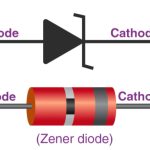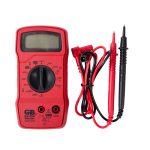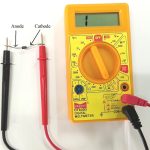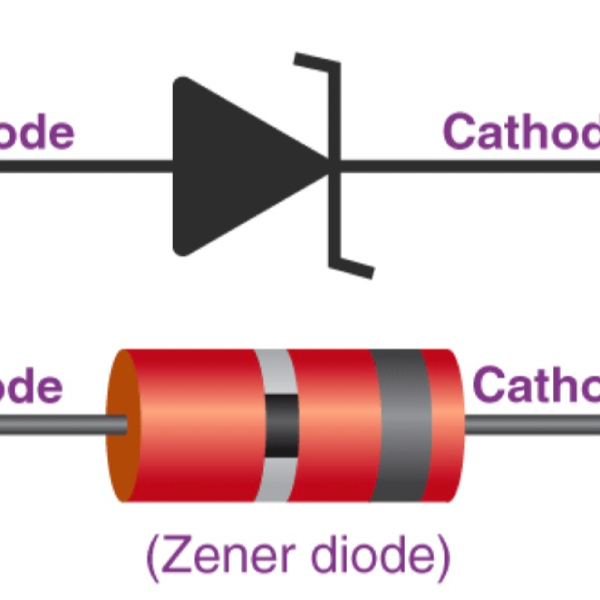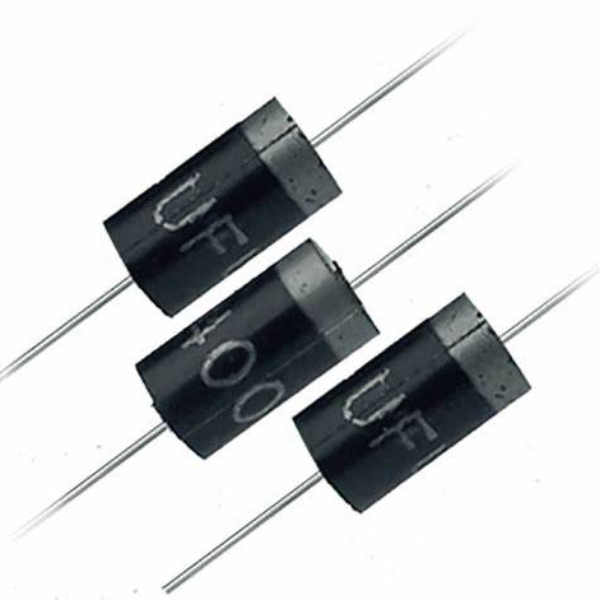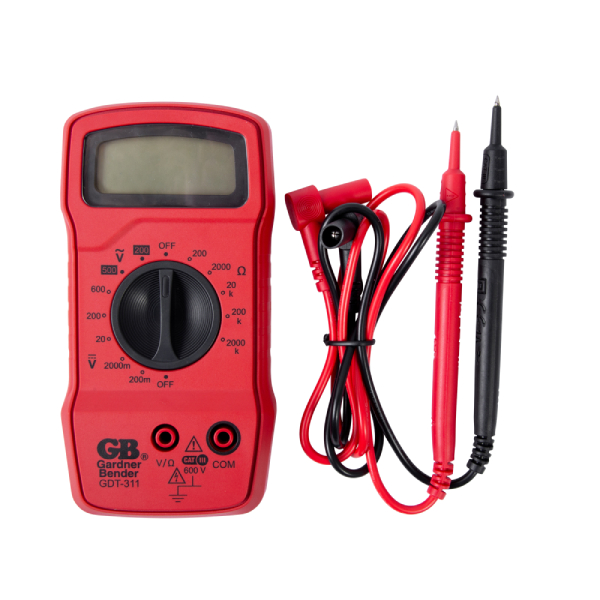 Introduction:
Introduction:
Resistors are fundamental components in electrical circuits, playing a vital role in controlling current flow and voltage levels. Understanding the purpose of resistors is essential in designing and optimizing various electronic devices and systems. In this comprehensive guide, we will explore the purpose of a resistor and its importance in electrical circuits. By grasping the functions and characteristics of resistors, you can comprehend their significance in regulating and protecting electrical circuits.
 Here are some common types of resistors:
Here are some common types of resistors:
Carbon Composition Resistor:
These are made of a mixture of carbon and ceramic powders, with a cylindrical shape and color bands to indicate their resistance value. They are inexpensive and commonly used in various electronic circuits.
Film Resistor:
Film resistors are created by depositing a thin film of resistive material onto an insulating substrate. They can be made of metal film (usually carbon or metal alloy) or metal oxide film, providing close resistance tolerances and precise temperature coefficients.
Wirewound Resistor:
These resistors are made by winding a resistive wire around a core, usually made of ceramic or fiberglass. Wirewound resistors offer high precision, power handling, and stability in high-temperature environments. They are commonly used in power electronics and industrial applications.
Thick Film Resistor:
Thick film resistors are produced by screen-printing a resistive ink onto a substrate. They are less expensive compared to thin film resistors and find applications in consumer electronics and general circuits.
Thin Film Resistor:
Thin film resistors are made by depositing a thin layer of resistive material on a substrate using techniques like sputtering or vapor deposition. They offer high precision, low noise, and stable performance. Thin film resistors are commonly used in high-accuracy and high-frequency applications.
Variable Resistor:
Also known as a potentiometer or rheostat, a variable resistor allows the adjustment of resistance manually. It consists of a resistive element and a sliding contact, which can alter the resistance along the element’s length.
Surface Mount Resistor:
Surface mount resistors (SMD resistors) are small, flat components designed for mounting directly onto a circuit board’s surface. They are commonly used in compact electronic devices due to their small size and ease of automated assembly.
These are some of the most common types of resistors used in electronic circuits. Each type has its advantages, limitations, and suitability for specific applications. Selecting the appropriate resistor type depends on factors such as required resistance value, power handling capability, tolerance, stability, and cost considerations in a given circuit design.
Current Regulation
Current Limitation:
One primary purpose of resistors is to limit the flow of electrical current within a circuit.
By introducing resistance, resistors help ensure that the current remains within the desired operational range.
Current Divider:
Resistors are often used in current divider circuits to split the flow of current into different paths.
They provide a controlled distribution of current through multiple branches of a circuit.
 Voltage Division
Voltage Division
Voltage Reduction:
Resistors enable voltage division in a circuit, dividing the total voltage across multiple components.
This allows for the creation of specific voltage levels required for different parts of the circuit.
Potential Divider:
Resistors are commonly employed in potential divider circuits to maintain different voltages at various points.
They help create reference voltages or adjust signal levels to match specific requirements.
Signal Conditioning
Signal Attenuation:
Resistors are used in attenuators to reduce the amplitude of a signal without significantly affecting its shape or frequency.
Attenuation allows for adjusting signal strength for various applications, such as audio or radio frequency signals.
Signal Shaping:
Resistors can also shape the waveform of a signal by modifying the time constant of a circuit, altering rise and fall times.
This aspect is commonly used in shaping pulse signals or controlling RC circuits.
Biasing in Electronic Devices
Biasing Transistors:
Resistors play a crucial role in biasing transistors by creating specific voltage levels necessary for their proper operation.
They ensure the correct operating point or bias point for transistors, enabling optimal amplification or switching.
Biasing Op-Amps:
Resistors are integral to biasing operational amplifiers (op-amps).
They provide balanced feedback and establish the proper biasing conditions for the op-amp to operate within specified parameters.
Protection and Current Limiting
Current Sensing:
Resistors are utilized as shunt resistors in current sensing applications.
By generating a small voltage drop proportional to the current, resistors enable accurate current measurement and protection against excessive current flow.
Current Limiting and Overload Protection:
In circuits, resistors can be employed as current-limiting elements to protect components from excessive current and prevent damage.
The resistance value is selected to restrict the maximum current to a safe level.
Temperature Compensation and Stability
Temperature Dependence:
Resistors exhibit temperature-dependent resistance changes.
This characteristic can be leveraged in circuits to provide temperature compensation or ensure stability in various applications.
Thermistors:
Thermistors, a type of resistor, exhibit highly temperature-dependent resistance.
They are used for temperature sensing, control, and compensation in circuits.
 Here are some common blower motor resistor symptoms:
Here are some common blower motor resistor symptoms:
The blower motor resistor is an important component in the heating, ventilation, and air conditioning (HVAC) system of a vehicle. When it malfunctions, several noticeable symptoms may occur. Here are some common blower motor resistor symptoms:
Inoperative or Intermittent Blower Motor:
The most common sign of a malfunctioning blower motor resistor is when the blower motor fails to operate at all or only works intermittently. This means there will be no or inconsistent airflow from the HVAC system.
Noisy Operation:
A faulty blower motor resistor may cause the blower motor to make unusual noises, such as loud or excessive humming, grinding, or squeaking sounds. This could indicate that the resistor is not providing the proper electrical flow to the blower motor, resulting in erratic or noisy operation.
Inaccurate or Unresponsive Fan Speed Control:
Another symptom is the inability to adjust the fan speed effectively using the HVAC controls. The fan may only work at a certain speed setting or may not respond to adjustments at all. This suggests a problem with the resistor’s ability to regulate the electrical current to the blower motor.
Blower Motor Stuck on High Speed:
On the contrary, a failed blower motor resistor may cause the blower motor to be stuck at the highest speed setting, even if lower settings are selected. This could be due to a resistor failure that prevents proper speed control.
Blower Motor Operates Only on High Speed:
In some cases, the blower motor may work fine but only function on the highest fan speed setting. This can be a result of a failing resistor that is unable to regulate the electrical current properly, causing the blower motor to operate at maximum speed only.
If you experience any of these symptoms, it is advisable to have your vehicle inspected by a qualified mechanic or HVAC technician. They can diagnose the issue and determine if a faulty blower motor resistor is the cause. Replacing the malfunctioning resistor can restore normal operation to the HVAC system and ensure consistent airflow and proper fan speed control.
 Conclusion:
Conclusion:
Resistors serve fundamental purposes in electrical circuits, enabling current regulation, voltage division, signal conditioning, biasing, and protection. By controlling current flow, dividing voltage, and shaping signals, resistors are vital components in electronic devices and systems. Understanding the function and characteristics of resistors allows for optimized circuit design, efficient energy management, and protection against excess current or voltage fluctuations. By recognizing the importance of resistors and their versatile applications, you can enhance your knowledge of electrical circuits and their practical implications.
